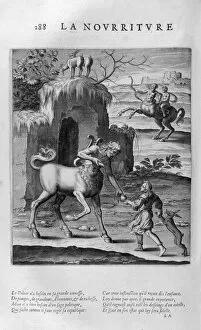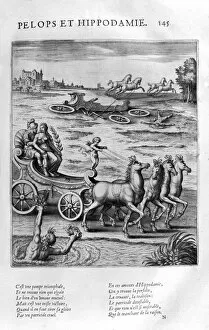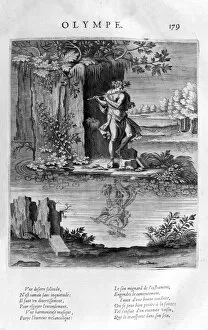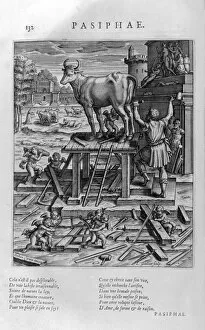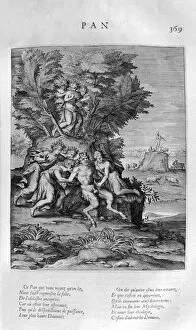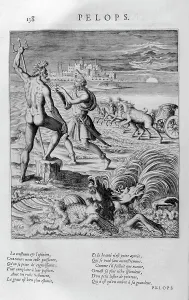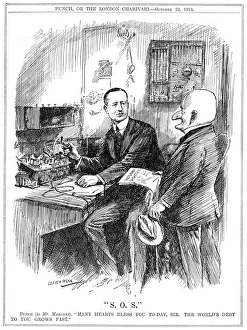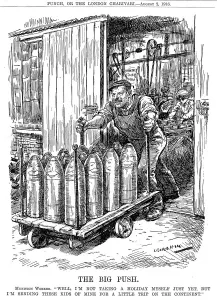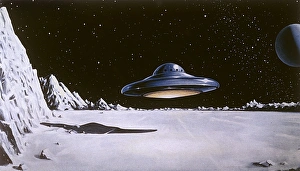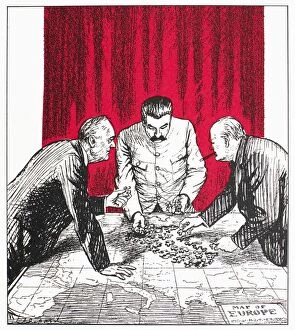Leonard Collection (page 7)
"Leonard: A Multifaceted Name that Shaped History" From Winston Churchill flashing the V for Victory sign to Leonard Slye
All Professionally Made to Order for Quick Shipping
"Leonard: A Multifaceted Name that Shaped History" From Winston Churchill flashing the V for Victory sign to Leonard Slye, the American singing cowboy actor with his beloved horse Trigger, the name Leonard has left an indelible mark on various realms. In 1874, Charles Darwin was captured in a picture by none other than Leonard himself, showcasing the intersection of science and art. Not limited to entertainment and academia, it also made its presence felt in music education through Nadia-Juliette Boulanger, a renowned French music teacher who nurtured countless talents. Meanwhile, Clarence "Kelly" Leonard Johnson's engineering prowess earned him accolades as he became a distinguished CEng and FRAeS. Delving into literature and history reveals yet another facet of this intriguing name. The wrapper of Aubrey Beardsley's rare book catalogue bears witness to Leonard's association with literary treasures. Moreover, during World War II's Tehran Conference, where pivotal decisions were made amidst global turmoil, it was impossible not to mention Churchill's iconic poster portraying him as a defiant British bulldog holding the line. Closer to home in Leicestershire stands Swithland Hall alongside its church and rectory—a testament to how even architecture can be influenced by names like Leonard. And let us not forget Roy Rogers—born under the moniker of NôÇÜLeonard Slye—who enchanted audiences as an American singing cowboy actor through his numerous Republic Pictures. Lastly but certainly not least is one of America's most celebrated composers and conductors—Leonard Bernstein—who graced us with his musical genius throughout his career. Marion S. Trikosko immortalized Bernstein in a photograph from 1971 that captures both his talent and charisma.







